A dialogue on ageing
An interactive exhibition in a children’s museum in Israel focuses on understanding ageing, and breaking down stereotypes and prejudices.
BY: Eleanor Yap
Following his success with Dialogue in the Dark (DiD), an interactive exhibition where participants get to understand what it means being blind, 57-year-old Andreas Heinecke is hoping his latest 600-sqm exhibition called Dialogue with Time (DwT) focusing on the “art of ageing” can enjoy the same impact.
DiD which was founded in 1998 is currently in 38 countries, including here in Singapore at Ngee Polytechnic where it is run as a social enterprise. The concept has reached out to eight million people. Despite all this, the founder and ex-journalist feels that the DwT concept is more closer to his heart. Ageless Online finds out why that is so in a dialogue with him while he was in Singapore for the InnoAge Forum: Innovating for the Ageing Society:
You have come off a successful ride with DiD and now, DwT. What do you hope to achieve with the latter?
The topic of demographic transition in our society and the lack of positive understanding about ageing really motivated my wife, Orna Cohen, and myself to create this exhibition. Through the exhibition, we hope to foster intergenerational dialogue and to overcome prejudices, wrong assumptions or stereotypes. This includes reducing the fear of ageing and enhancing empathy with seniors. We really want to close the societal gap between the generations and showcase age as an asset.
Personally, I hate people talking about anti-ageing. I would rather call it more pro-ageing. I was keen to start DwT not just to help others but because I am a part of the ageing process.
Can you share the DwT experience without giving away too much?
There are nine stations that visitors go through. The first station is when you are asked to sit down and they make a “passport” of you and give you a necklace, which illuminates and blinks at any time, signifying that you need to retire. There are stations where you get to ponder on certain ageing questions, listen to the senior guides share their life stories, and you get to experience what it means getting old.
For example, one station called the yellow salon is yellow inside and blurry, and the floor soft. There you get to try text messaging with a glove on, wear heavy shoes while going down the stairs and open a locked door with your hands moving. It is a chance for those young to understand ageing and for those older to reflect on their lives. At the end of the stations, there is a dialogue session with your guide.
How many DwTs do you have around the world besides in Israel? Are there conversations on having it in Asia, including maybe in Singapore?
Currently, there is only one exhibition in Israel, which we opened in 2012. I am talking to several parties in Singapore and would love to start one here in a university and combine it with its social entrepreneur education.
We also do have leads in other countries such as Japan, Puerto Rico, the US and Hong Kong. We will be opening a DwT next year in Germany.
Why Israel to start? Does the country have significant ageing issues?
No, Israel’s ageing issues are the same across all countries. The real reason is Orna is from Israel and we have family there. Also my partner in another exhibition, Dialogue in Silence, and DiD was very supportive there.
Are there further improvements or additions you would like to make to the exhibition? Maybe a segment dealing with death as it does come hand-in-hand with ageing?
There will certainly be lots of improvements. But we have to respect the local context first before adding new components. Death is a hot topic and I would love to simulate the reflection.
What has been some of the overall feedback on the exhibition? Any memorable feedback?
According to our survey on the takeaways from the exhibition, most visitors said they would think about ageing and reflect on their future. This is followed by them being optimistic about life and ageing, and being more aware about age-related stereotypes and stigmas.
There was one such memorable feedback from one of the daughters of a 76-year-old woman. She was crying and she remarked that this exhibition came too late as her father had passed away and she wanted to understand ageing better.
I understand the DwT exhibition is in a children’s museum in Israel. Was that on purpose? Why not a regular adult museum?
Yes, it is interesting to place an exhibition in a children’s museum. Its director, Gil Omer, was the first who raised money and was open to taking the risks. And the children’s museum is also where Orna worked before.
One of the unique aspects of your DiD is the employment of blind guides. With DwT, you hire guides who are seniors and they are over 70 years’ young. How many guides do you have and what training is given?
We work with a senior organisation that recruits them. There is a two-week intensive training and after the assessment, we initially had 58 seniors. There are now 35 seniors who are paid and work part-time; the youngest is 71 while the oldest is 86, and all lead active lives.
If you could invite three people (living or have passed on) to dinner, who would they be and why?
I would first invite my radio station director who is now 82 years old. He has influenced me a lot and he was the first person who trusted me. We continue to stay in touch.
Second would be my 58-year-old wife, Orna. The work I do is very demanding and I have to travel a lot. I tend to get distracted and I have a lot on my plate. I appreciate her for her understanding and for giving me honest feedback.
And lastly, it would be my first landlord – an 80-year-old woman in a wheelchair. She has sadly passed on. She was an arts collector with a strong personality. She never minced her words and was very straightforward. She was always clear about her values and never compromised, and she always spoke up.
By doing this work, what have you personally learned about your own ageing journey?
I understand my own life journey better. I have also met lots of people including a 101-year-old woman. I think I am still learning but I believe I am a happy ager.
SOME QUOTES FROM THE GUIDES:
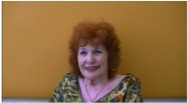 • 79-year-old guide Rivka Zahavi (left), who used to be a teacher – “I am here because I like to meet people and I want to show them how good it is to be old age. … Age is not something to be afraid of but to enjoy.”
• 79-year-old guide Rivka Zahavi (left), who used to be a teacher – “I am here because I like to meet people and I want to show them how good it is to be old age. … Age is not something to be afraid of but to enjoy.”
• 73-year-old guide Emanuel Dudai, retired journalist and military man – “I am 73-years-old but I consider myself young. Though I am retired, I am a tour guide, lecturer, I write and I have a website. … Old doesn’t mean a sickness, it is just a phase of life.”
• 73-year-old guide Rina Odan, who used to work in the tourism industry – “I wanted to do something as I am a retiree and I don’t have pension from work. I need money. It is the best place in the exhibition as no one says that you are very old and you cannot work. I feel wonderful that somebody wants me.”

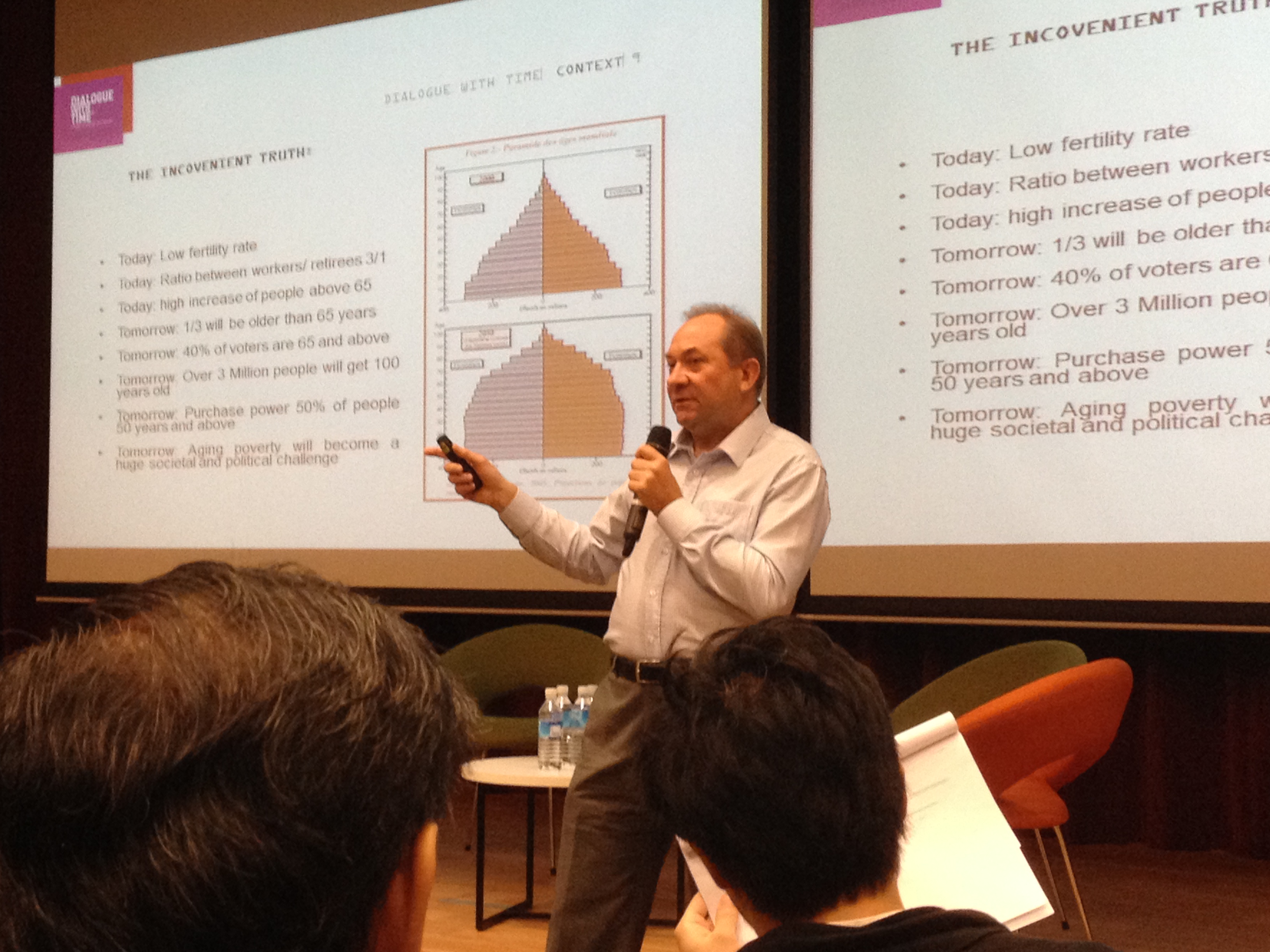
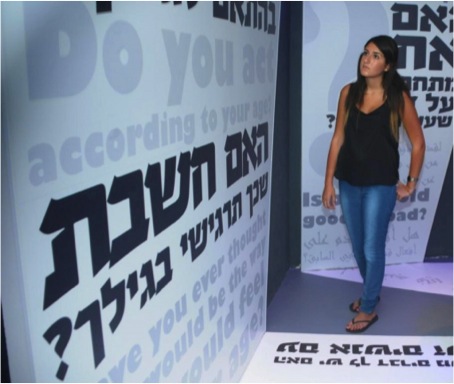
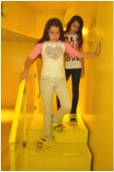

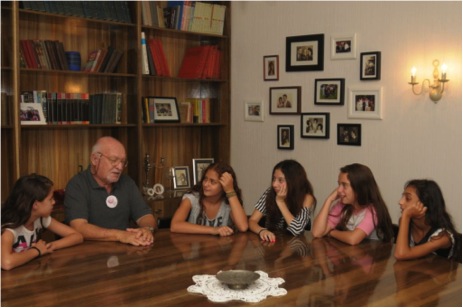
0 Comments